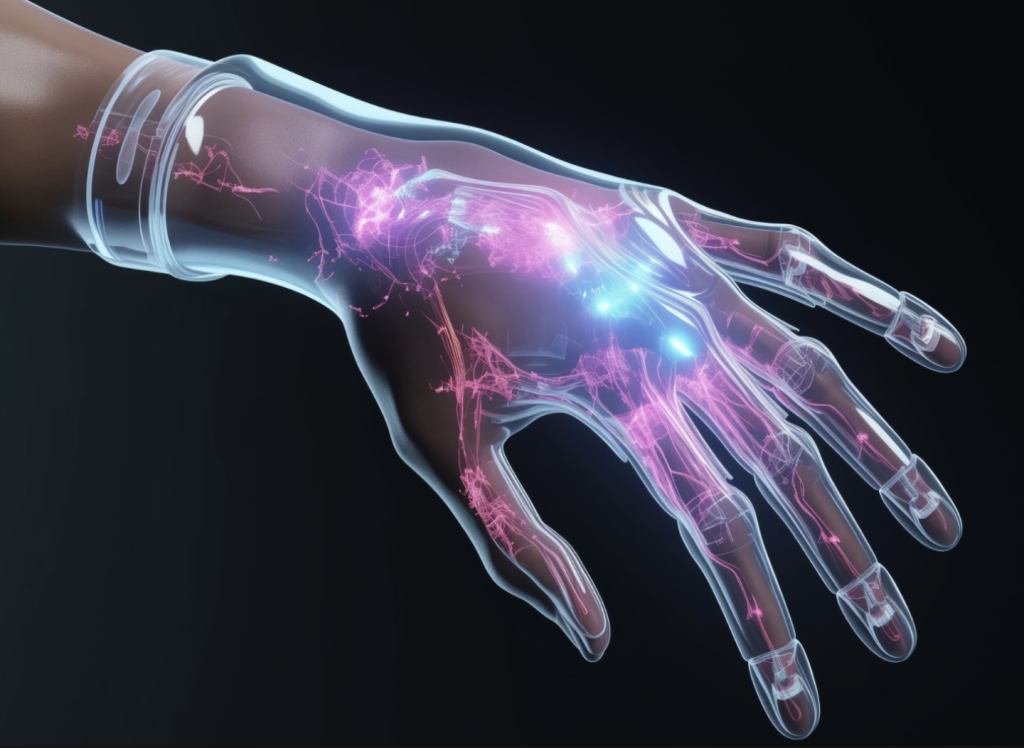As we head further into 2024, the field of artificial intelligence continues to evolve at an unprecedented rate. With the release of advanced AI models, innovative tools, and specialized technologies, AI is making significant strides in various industries. This article will delve into newly released large language models like Google Gemini 1.5 Pro, the latest AI tools across different sectors, emerging technologies targeting specialized applications, and innovative products shaping enterprise, cybersecurity, and creative domains. These advancements promise to redefine workflows, enhance productivity, and drive greater efficiencies in healthcare, business automation, and education.
Artificial intelligence has witnessed remarkable advancements in large language models recently, with the release of Google Gemini 1.5 Pro taking center stage. This model builds upon its predecessor, showcasing notable upgrades in multimodal capabilities and extended context understanding. One standout feature of Gemini 1.5 Pro is its ability to process input not only as text but also as images and sound, creating a richer interactive experience. Google’s latest model effectively interprets and generates complex content, making it invaluable for tasks that require a nuanced understanding of context—ranging from creative writing to intricate data analysis (Cohen, 2024).
The extended context understanding of Gemini 1.5 Pro allows it to maintain coherence across longer conversations and documents, a critical trait for applications in sectors like healthcare where patient histories and treatment plans must be considered over extended periods. Additionally, the model enhances its performance in various languages, making it a more inclusive tool for global businesses and organizations (Nash, 2024). With its advanced capabilities, Gemini 1.5 Pro is poised to revolutionize how users interact with AI and leverage it for precise outputs.
With the growing demand for advanced AI tools and APIs, several companies have rolled out innovative solutions designed to integrate AI into everyday operations across various industries. Notable releases include IBM’s AI Assistant Toolkit, which enables organizations to build customized AI-driven help desks and customer service solutions. By leveraging natural language processing, machine learning, and automation, this toolkit empowers businesses to provide quicker and more reliable responses to customer inquiries (Martin, 2024). Integrating AI helps streamline operations in sectors like retail and finance, where timely responses are crucial for customer satisfaction.
Another significant tool making waves in the industry is Microsoft’s Copilot feature for its Office Suite. This AI-powered assistant enhances productivity by automating mundane tasks like formatting and data entry while providing content suggestions based on extensive contextual analysis. Users can harness Copilot’s machine learning capabilities to enhance creativity in their documents and presentations, leading to improved efficiency and a more streamlined workflow (Hernandez, 2024). Organizations are increasingly recognizing the value of such AI tools for driving business performance and encouraging innovation across teams.
Recent advancements in AI also focus on emerging technologies addressing specialized use cases. For example, researchers and developers are working on creating more reliable and debiased large language models (LLMs). These models aim to reduce bias and enhance the accuracy of outputs in professional settings. With AI’s potential to influence decision-making, debiasing technology is critical to ensuring fairness, particularly in sensitive applications like hiring or loan approvals. Companies are investing in refining these models to foster equitable solutions that align with ethical considerations (Singh, 2024).
Additionally, specialized AI technologies are permeating sectors like autonomous driving. Road detection algorithms and enhanced perception technologies are evolving to support the next generation of self-driving systems. Companies developing autonomous vehicles are leveraging machine learning approaches that analyze road conditions in real-time, ensuring that vehicles navigate safely and efficiently. This technology ultimately leads to more reliable autonomous driving road testing, which is crucial for regulatory approval and public acceptance (Taylor, 2024).
Innovative AI products are transforming key sectors such as healthcare, cybersecurity, and creative industries by providing enhanced functionalities and solutions tailored to specific challenges. For instance, in the healthcare sector, AI tools are being deployed for health promotion programs that analyze population health data to identify trends and areas for intervention. These AI-driven solutions enable healthcare providers to design targeted health campaigns, improve patient outcomes, and reduce costs (Roberts, 2024).
In the realm of cybersecurity, AI technologies are being utilized to predict and mitigate threats. New AI products, such as anomaly detection systems, have been developed to recognize unusual behavior patterns within networks, enhancing threat detection accuracy. These AI tools continuously learn from past incidents, thus becoming more efficient over time in protecting sensitive data and ensuring network integrity (Barker, 2024). As cyber threats evolve, businesses rely increasingly on such AI solutions to safeguard their operations and safeguard customer data.
Meanwhile, the creative industry has witnessed a proliferation of AI applications designed to revolutionize content creation. New platforms using generative AI technologies enable artists, writers, and designers to collaborate with intelligent systems in producing unique works of art or literature. For instance, tools that generate music based on user-input themes or styles are changing the way musicians approach compositions. Similarly, writing assistants designed for scriptwriting can suggest plot developments or character arcs based on genre conventions (Green, 2024). These innovative AI products not only enhance creativity but also broaden accessibility in artistic expression.
As these advancements and innovations demonstrate, 2024 is proving to be a groundbreaking year for artificial intelligence across multiple domains. Newly released large models like Google Gemini 1.5 Pro have set the benchmark for multimodal capabilities and contextually aware interactions. Meanwhile, the adoption of advanced AI tools and APIs is facilitating transformations in various industries, particularly healthcare, business automation, and education. The emergence of reliable, debiased LLMs showcases a growing commitment to ethical AI deployment, while innovative products in healthcare, cybersecurity, and creative disciplines illustrate the dynamic potential for AI to enhance functionalities and drive greater productivity.
As organizations and industries harness these advancements, they pave the way for a future increasingly reliant on intelligent solutions—ultimately reshaping how individuals and businesses approach challenges and opportunities in a technology-driven world. The implications are vast and impactful, marking a significant turning point in the ongoing narrative of artificial intelligence.
**References:**
1. Cohen, L. (2024). “Revolutionizing AI: The Impact of Google Gemini 1.5 Pro in the Market.” AI Daily.
2. Nash, R. (2024). “AI Multimodal Models: Understanding Their Transformative Capabilities.” Tech Today.
3. Martin, S. (2024). “IBM’s Toolkit: Transforming Customer Service with AI.” Business Insights.
4. Hernandez, A. (2024). “Microsoft’s Copilot: Pioneering Productivity in the Digital Workspace.” Tech Magazine.
5. Singh, P. (2024). “The Push for Debiased AI: Building Trustworthy Machines.” AI Ethicist.
6. Taylor, M. (2024). “Advancements in Road Detection Algorithms for Autonomous Vehicles.” Automotive Weekly.
7. Roberts, T. (2024). “AI Transforming Health Promotion Programs in Communities.” Health Tech Journal.
8. Barker, J. (2024). “AI in Cybersecurity: New Products for Predicting Threats.” Cyber Safety Monitor.
9. Green, F. (2024). “Generative AI: The New Frontier for Creative Expression.” Arts and Innovation Journal.





